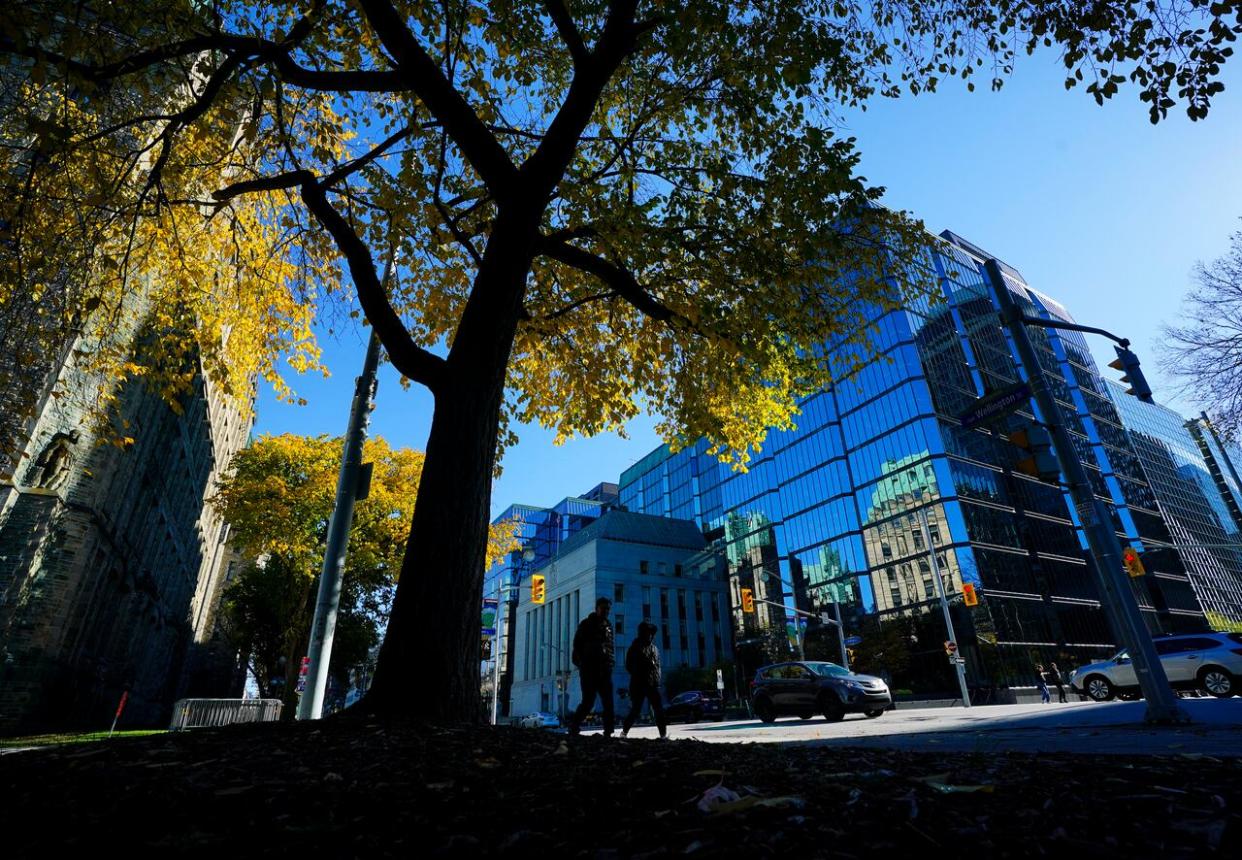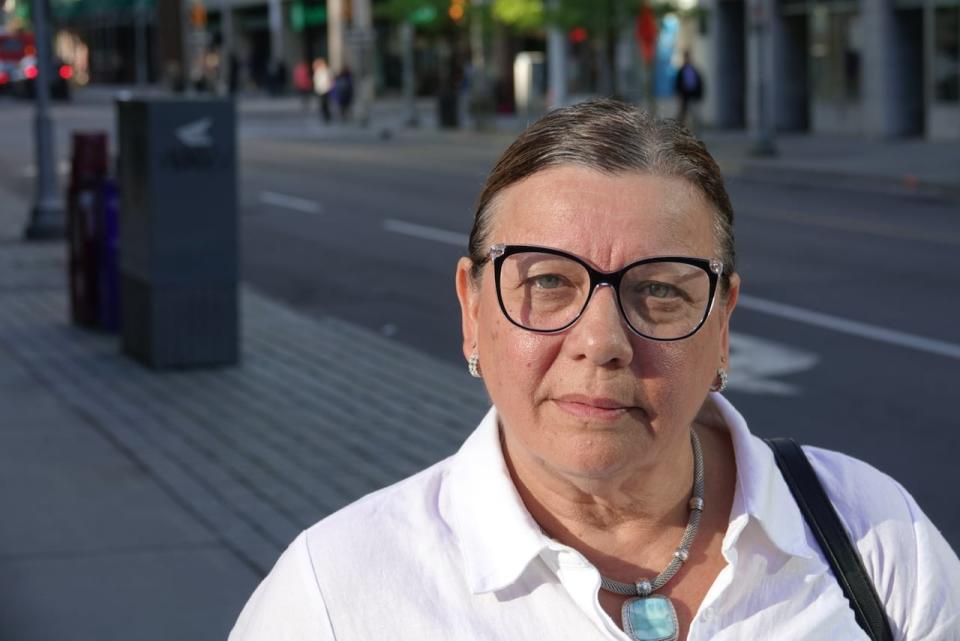Why Ottawa has an 'amazing opportunity' to rethink its urban fabric

What's the debate about the federal government's latest directive on working from the office really about?
Andrew Reeves says it's a question that's been on mind lately.
"Is the pushback to coming back to the office more of a pushback [against] crappy spaces and crappy places?" asked Reeves, an architect and founder of Ottawa firm Linebox Studio, in a recent interview with CBC Ottawa News.
"Maybe it's not really about work. Maybe it's really about the experience of a city."
Reeves is one of many mulling over those sorts of questions ever since the Government of Canada updated its back-to-the-office directive last week.
As of later this year, the feds expect the vast majority of public servants will be in the office three days a week.
Any departments that haven't already implemented the three-day minimum requirement must do by Sept. 9, the directive said.
It was issued roughly one month after Premier Doug Ford was in Ottawa, calling for the federal government to get workers back in the office more frequently for the sake of the city's struggling downtown.
"They have to get people back to work," Ford said at the time. "I'm begging people to go to work for three days — not that they aren't working at home, but it really affects the downtown."

Bells Corners BIA executive director Christine Leadman, seen here in 2019, says the fact the federal government is pledging to divest itself of half its office building portfolio means it's unlikely the downtown workforce will return to pre-pandemic levels. (Andrew Foote/CBC)
'We're extremely concerned'
Both the back-to-work directive and the premier's plea come as Ottawa's urban core faces a spectrum of complex challenges, from vacant storefronts on Bank Street to increasingly open street drug usage on Rideau Street. (Things are similar across the river in downtown Gatineau, Que.)
But mandating civil servants to spend more time in downtown office towers isn't a panacea — particularly if you ask people like Nancy Peckford who've seen their communities thrive as people spend their salaries locally.
"With those hybrid work options, more [residents] have been able to frequent local businesses, build relationships, get their gas, get their groceries," said Peckford, the mayor of North Grenville, Ont. "So we're extremely concerned."
According to census data, North Grenville grew by nine per cent to nearly 18,000 residents between 2016 and 2021.
A big part of that growth, Peckford told CBC Radio's All In A Day last week, is that the cultural embrace of hybrid work has made the community just south of Ottawa more appealing for workers in both the public and private sector.
"What I think is important is that the Government of Canada really looks at their responsibility, not to the economy of just the nation's capital, but the economies of smaller communities that surround the city of Ottawa," she said.
It's a similar situation in the west Ottawa suburb of Bells Corners, according to Christine Leadman, head of the local business improvement area.
Residents have been doing things like buying their groceries closer to home and supporting local business owners who've shared that they're struggling, Leadman said.
But she doesn't think, even with the latest back-to-work directive, that things can change too much.
"I don't think you'll see a huge shift, especially when you have the government looking at unloading 50 per cent of their properties," said Leadman, referring to the $1.1-billion federal budget pledge to transform half of the government's office portfolio into housing.
"Where are [those workers] going to be, then? There won't be those buildings."

Architect Andrew Reeves believes other cities including Berlin have done a better job of addressing the geographical balance between residential and commercial development. (Christoph Soeder/The Associated Press)
Looking to Berlin or Copenhagen
The shift in Ottawa's urban core has been happening since "well before the pandemic," Leadman said. Contemplating its future — and tackling challenges like housing shortages and the street drug crisis — was a big focus at a recent city-building summit hosted by the Ottawa Board of Trade, she added.
"You just can't say, well, things are going back to normal, or the feds are coming back," she said.
"Because there is, certainly, a lot of pushback from the public service to say, 'Why is it on us? Why is on our backs to make sure that [downtown] businesses thrive?"
For Reeves, COVID-19 — while highly disruptive — primarily highlighted shortcomings that already existed with Ottawa's urban fabric, particularly the geographical balance of residential and commercial developments.
Other cities Reeves has looked at, such as Berlin and Copenhagen, have better addressed that balance. They've been able to foster what he calls "tiny towns in a major city," with amenities like schools and parks and shops all within easy walking distance.
With the sheer number of vacancies in the core, Ottawa has an "amazing opportunity" to address that imbalance and do something similar, he said.
The challenge, he said, will be getting municipal politicians — who are elected to four-year terms — to make meaningful decisions that could shift Ottawa's urban fabric for decades to come.
"I think what's happened in North America is maybe we went a little too far [with] offices being downtown and the scale of downtown. And I think there's opportunity now to recorrect that and rethink it," he said.
"Other cities have done so, and I think we're next."


